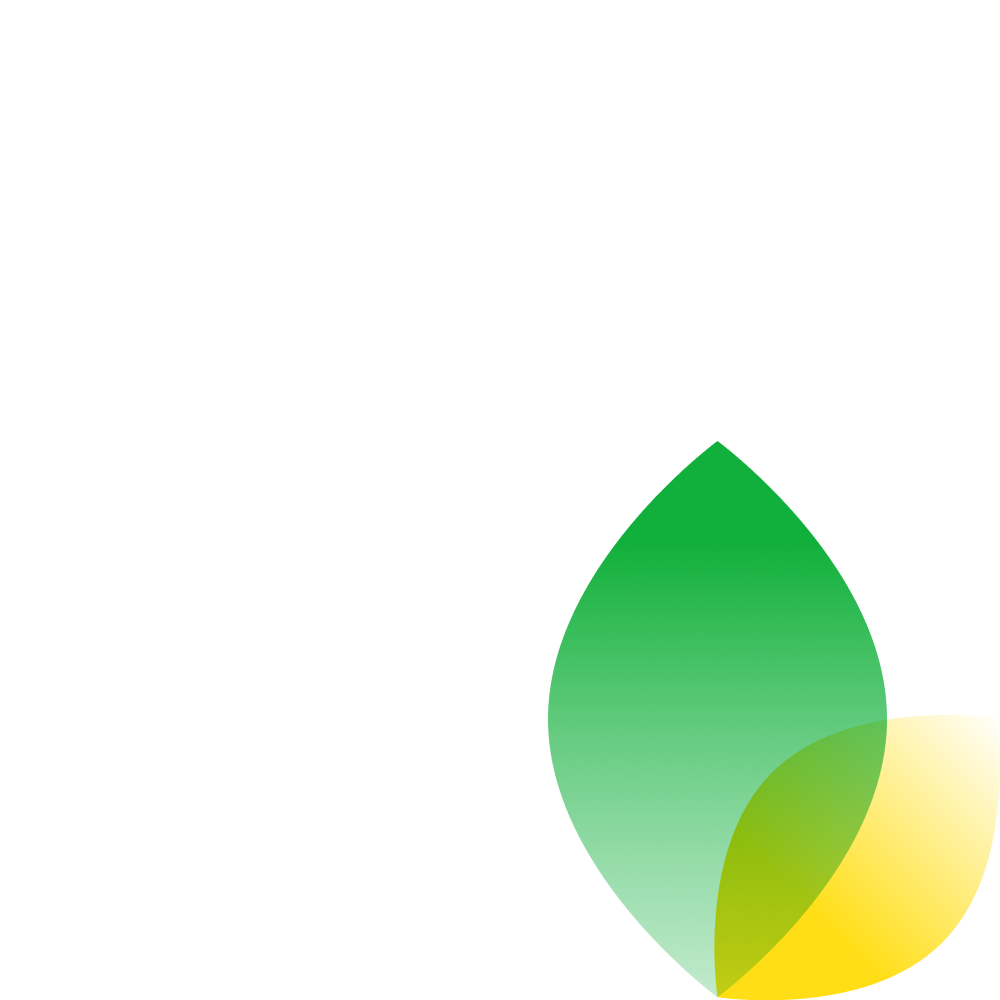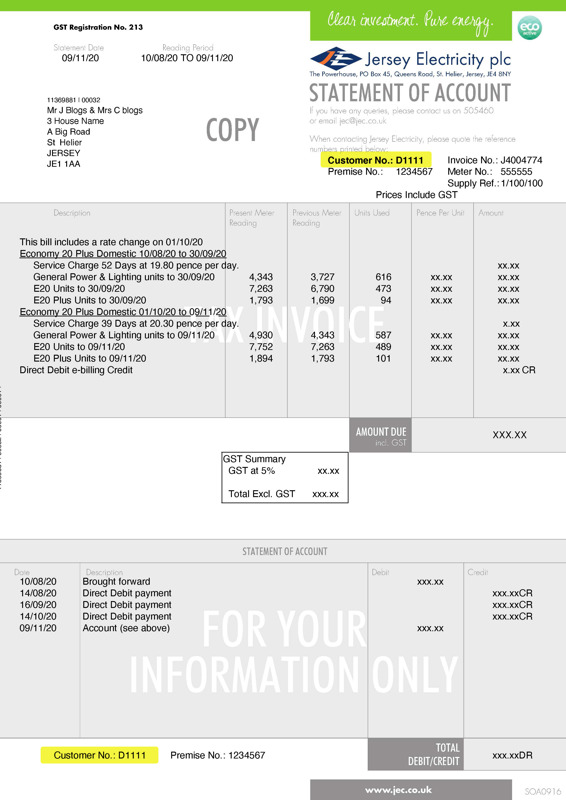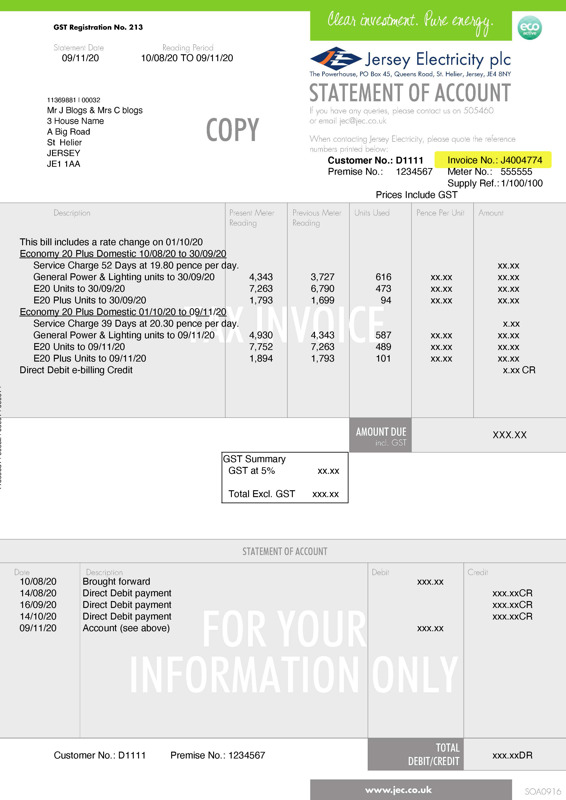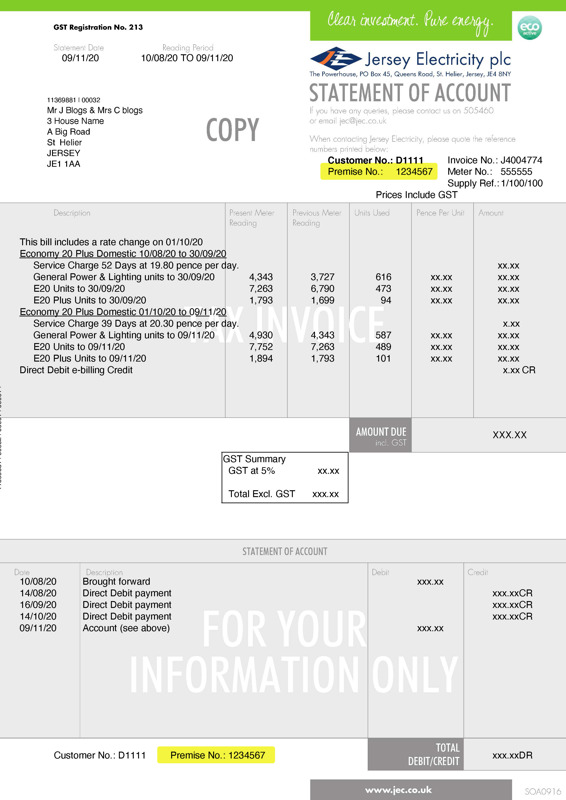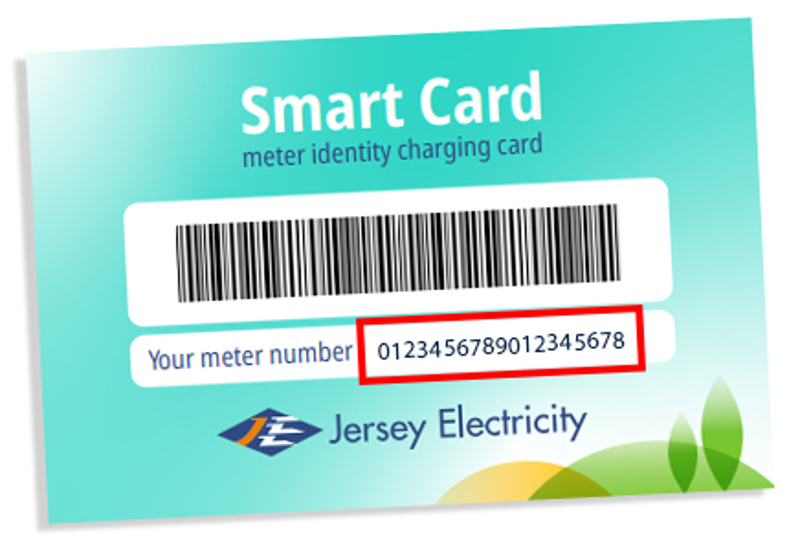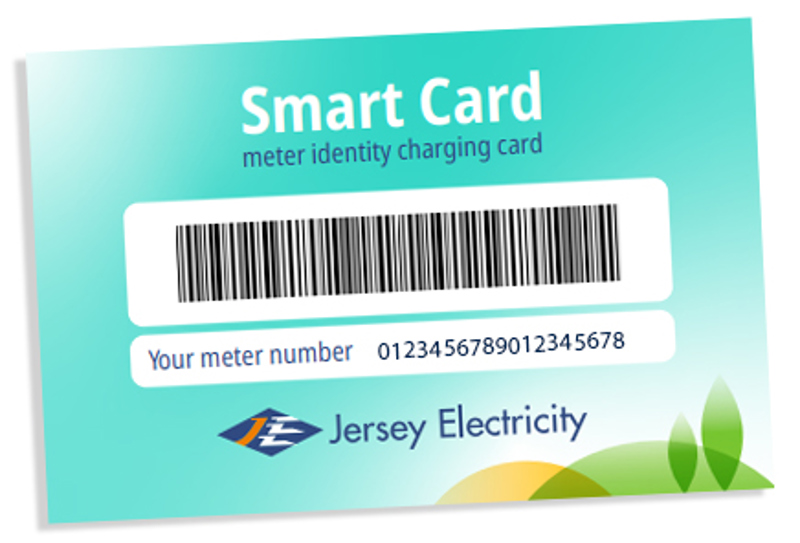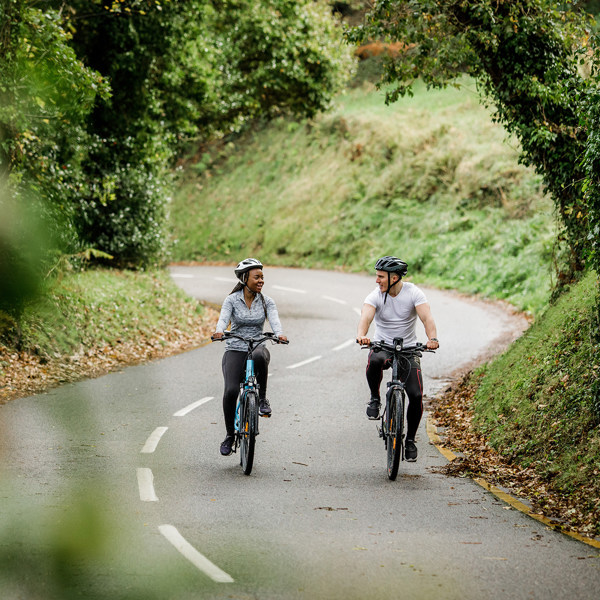
Our environmental responsibilities
As a sustainable business, we've always put protecting the environment and reducing our impact upon it at the heart of our activities. As a supplier and distributor of over a third of the Island's energy, we wholeheartedly support the Government’s carbon neutrality ambitions.
Our responsibility is three-fold:
- We act to reduce our impact on the drivers of climate change through our internal business activities
- We supply our customers with low-carbon power
- We help customers and the Island as a whole to use energy more efficiently

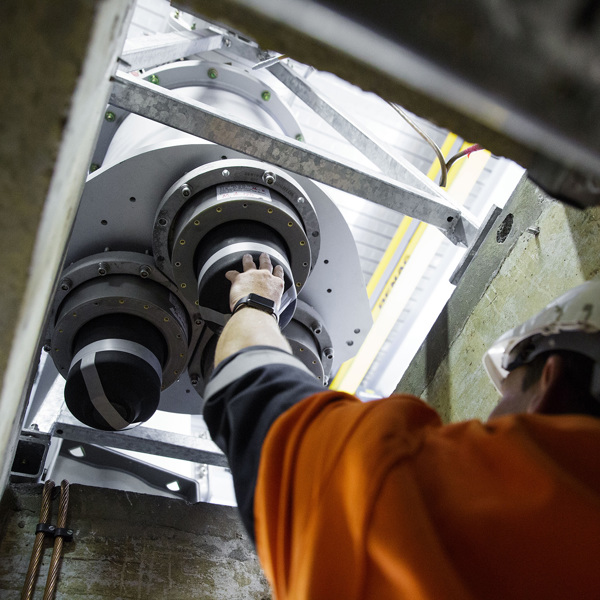
Our environmentally friendly energy mix
We import 95% of Jersey's energy requirements from low carbon nuclear (64%) and hydro (36%) sources in France through three undersea supply links. These links are known as Normandie 1, 2 and 3.
Together, they give the Channel Islands access to 263MW of low carbon power of which Jersey has access to 202MW. This importation strategy helped the Island achieve a 47% reduction in emissions between 1990 and 2017.*
* Source: Aether
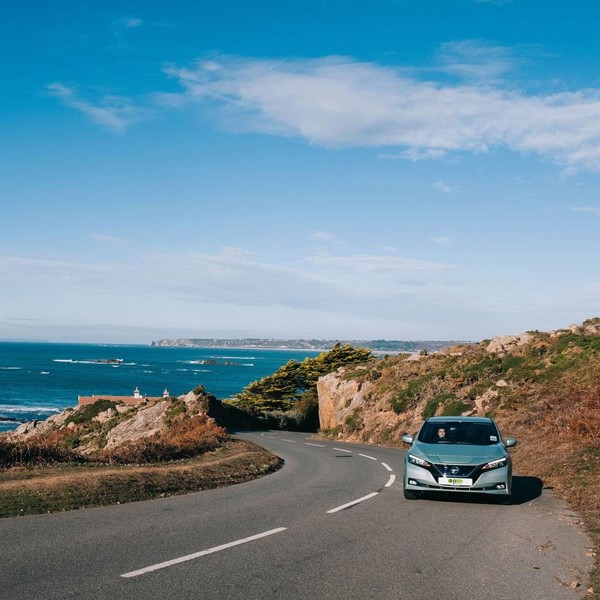
Inspiring a zero carbon future
But we know there is more to be done. We now want to inspire a zero-carbon future by intensifying our efforts to replace gas and oil for heating and cooling, encouraging electric transport and providing customers with energy-saving technologies.
In 2019, we began introducing locally-generated solar PV power on to the grid to give all Islanders a share in local renewables. We also invest in research of large-scale renewable technologies such as tidal and wind power.
As a business, we've undertaken several initiatives to reduce our environmental impact from our day-to-day activities.
Reducing our emissions
We voluntarily began reporting our Green House Gas Emissions in line with the requirements of the Companies Act 2006 (Strategic and Directors’ Reports) Regulations 2013. We use the DEFRA "Environmental Reporting Guidelines: Including mandatory greenhouse gas emissions reporting guidance June 2013".
The methodology breaks down the emissions into the 3 scopes as defined in the Greenhouse Gas (GHG) Protocol; our methodology is regularly reviewed to ensure that we are applying it correctly.
The above Regulations and reporting guidelines link in with the Kyoto Protocol, which has seven reportable Green House Gases;
- Carbon dioxide (CO2)
- Methane (CH4)
- Nitrous oxide (N2O)
- Hydrofluorocarbons (HFCs)
- Perfluorocarbons (PFCs)
- Sulphur hexafluoride (SF6)
- Nitrogen trifluoride (NF3)
The individual quantities of these emissions are calculated and added up and finally expressed as CO2e or carbon dioxide equivalent; it is a standard unit for measuring carbon footprints.
The idea is to express the impact of each different greenhouse gas in terms of the same amount of CO2 that would create the equivalent amount of global warming. This way, a carbon footprint consisting of lots of different greenhouse gases can be expressed as a single number.
Our historical emissions
The below table gives information on JE's GHG emissions. All emission data is displayed in tonnes of CO2e:
| Emission source | 2019-20 | 2018-19 | 2017-18 |
| Combustion of fuel & operation of plant | 1,226 | 3,151 | 1,702 |
| Electricity transmission and distribution losses | 512 | 438 | 525 |
| Electricity importation | 13,432 | 12,901 | 11,691 |
| Gross Emissions | 15,170 | 16,490 | 13,981 |
The carbon intensity of JE’s energy
Carbon intensity is measured in grams of CO2e per kilowatt hour (g CO2e kWh) of distributed electricity*.
In the year ending September 2020, it was 24g CO2e/kWh, one-tenth that of the UK’s supply calculated at 233g CO2e/kWh** and much less than local oil (298g CO2e/kWh)*** and gas (241 g CO2e/kWh).***
* Distributed electricity includes transmission losses of the electricity through our network and internal usage.
** Department for Business, Energy and Industrial Strategy Greenhouse Gas Reporting - Conversion factors 2020
***Building and Bye-Laws (Jersey) Technical Guidance Document 11.1B 2016
CO2e per Kilo Watt hour of distributed electricity*
2019-20
2018-19
2017-18

Our Environmental Management System
We have an Environmental Management System (EMS) which covers air and water-based emissions, waste minimisation, water use and energy efficiency and we use the stringent standards. We align our EMS with ISO 14001 the international standard for environmental management systems to benchmark ourselves and ensure continual improvement.



Have a question about how we protect the environment?
Join the conversation on our Facebook page.

